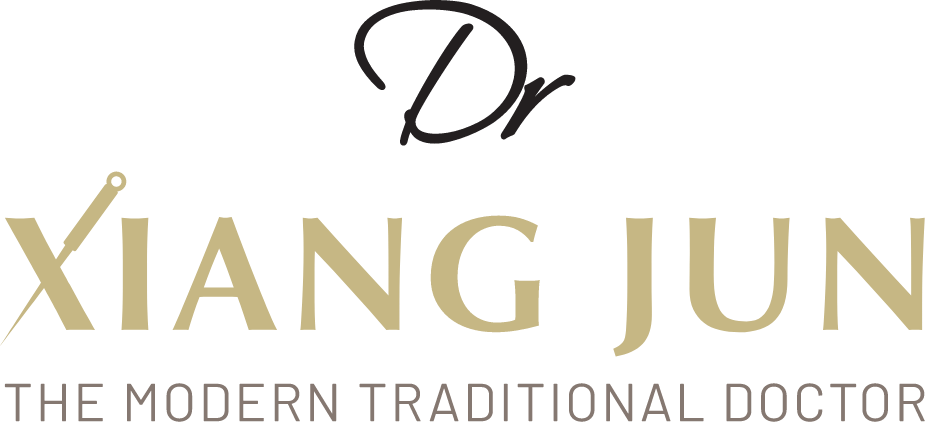How TCM works scientifically
Simply put, the insertion of thin needles into acupoints in the body, which are neurovascular nodes that contain a high concentration of sensory fibers, blood vessels, lymphatic vessels and mast cells, will promote blood flow that will bring everything the body that needs to heal such as oxygen, nutrients, immune substances, hormones, painkillers and anti inflammatories to the area of lesion, hence reducing inflammation at that area; Read more about Traditional Chinese Medicine for Pain Management here.
Inserting a needle sends a signal through the nervous system to the brain, where chemicals such as endorphins, norepinephrine and enkephalin are released, thus relieving pain.
Inserting a needle sends a signal through the nervous system to the brain, where chemicals such as endorphins, norepinephrine and enkephalin are released, thus relieving pain.
Acupuncture stimulates the body’s built-in healing mechanisms, restoring homeostasis to bodily systems such as the immune, neurological, gastrointestinal and endocrine systems.
Read more about how Acupuncture help with fatigue here.
All illnesses will involve a certain degree of inflammation, pain and imbalance in the organ systems. Hence acupuncture can heal through these 3 pathways, and ultimately bring balance back to the entire human body, be it physically or psychologically.
Further Reading:
What should you not do before Acupuncture?
Testimonial for Digestive Health Bloatedness
Testimonial for Chronic Fatigue
Adrenal Fatigue and How It Can Be Treated
Everything you need to know about Acupuncture
Is Chocolate Really Good as a Positive Emotional Builder?
How Acupuncture Help with Fatigue
Facial Acupuncture - How to differentiate the real deal from the fakers


